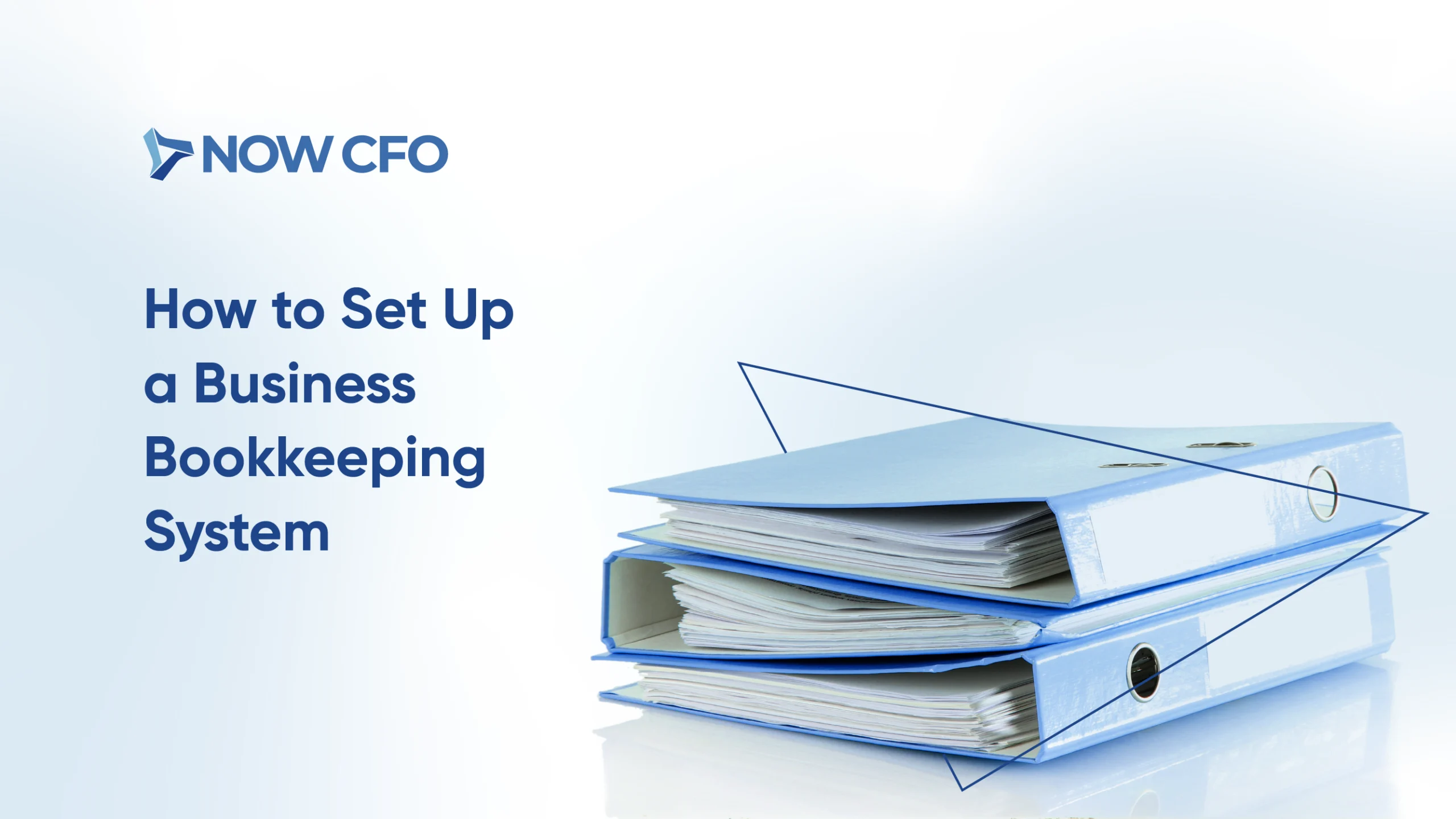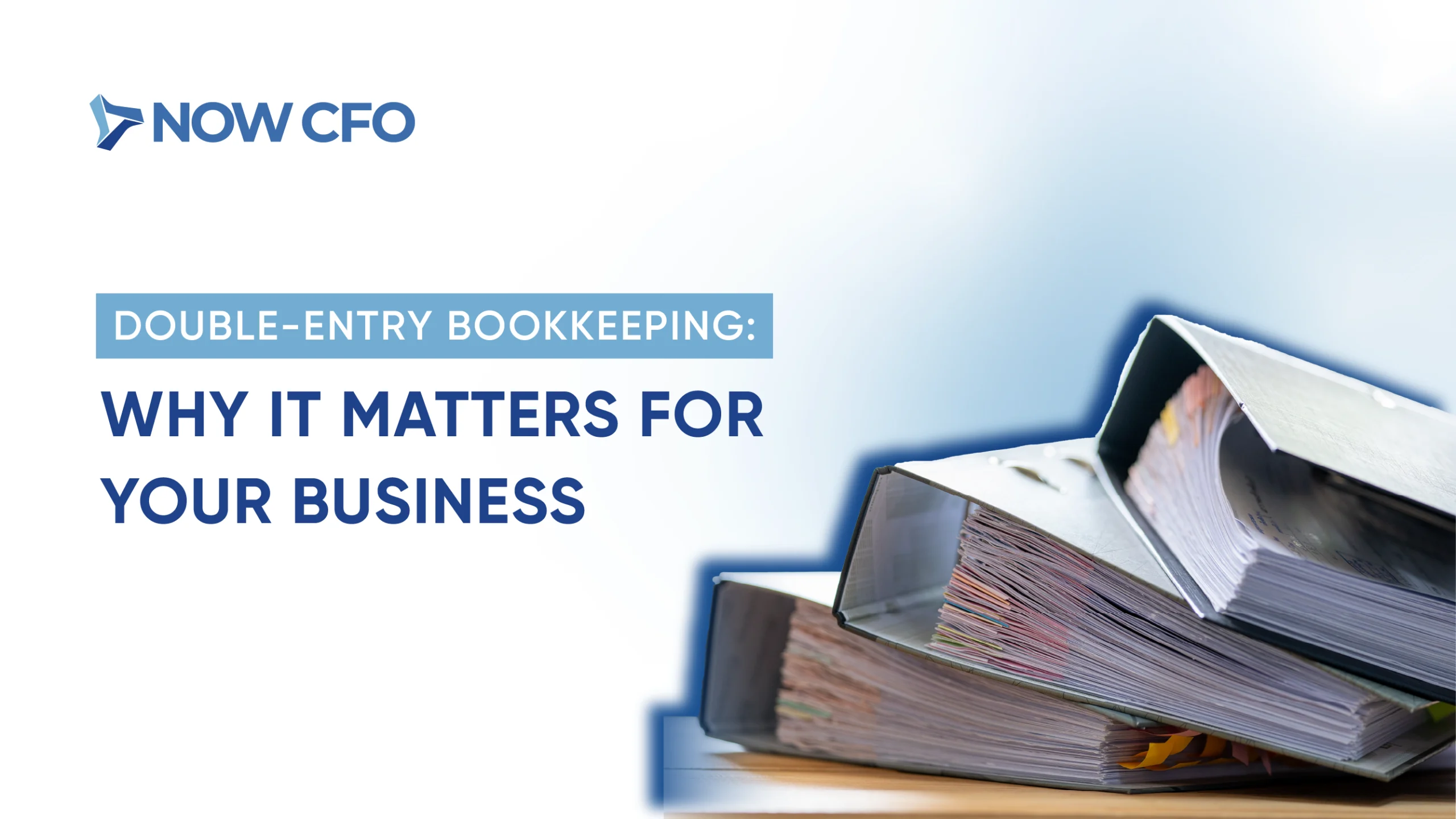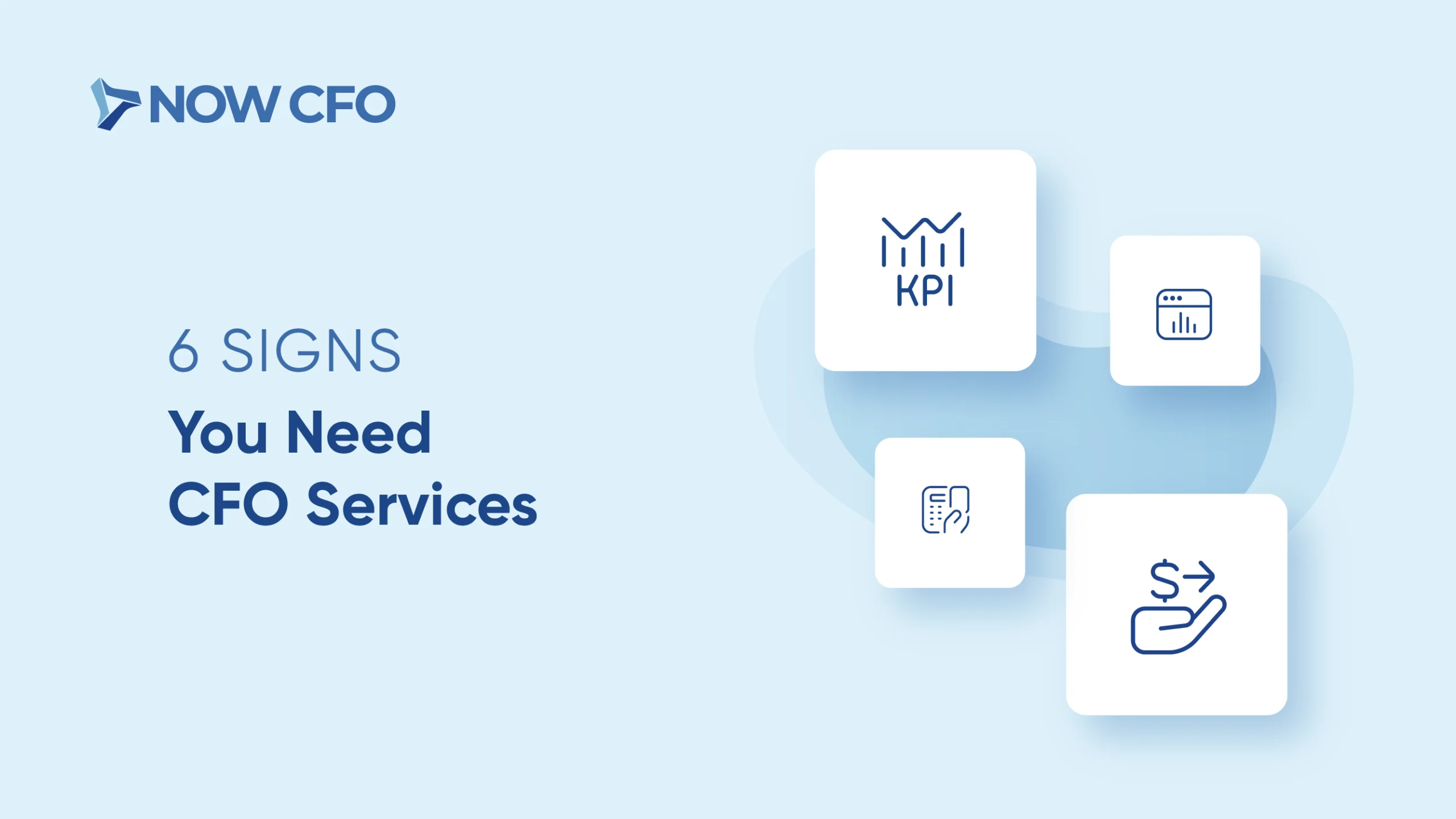
Financial Models That Defies Economic Uncertainty
Markets shift, strategies evolve, and economic conditions can change in the blink of an eye. To keep up, your financial model needs to be more than just accurate; it needs to be adaptable, resilient, and constantly evolving.
This blog explores the tools, techniques, and strategies CFOs and financial consultants can use to ensure their financial models stay relevant. Are you ready to keep your financial model ahead of the curve?
Key Principles of Adaptive Financial Modeling
Creating financial models that can withstand the economy’s unpredictable twists and turns is like designing a ship to sail through stormy seas.
Emphasizing Flexibility and Scalability in Financial Planning
Think of your financial model as a dynamic blueprint rather than a static document. In today’s fast-paced world, what works today might not work tomorrow, so your model needs to be flexible enough to adjust to new information and scalable enough to grow with your business.
- Flexibility: Flexibility in financial modeling means being able to adjust your assumptions, inputs, and scenarios quickly and easily. This could involve creating multiple scenarios within your model, each based on different assumptions about market conditions, customer behavior, or economic indicators.
- Scalability: Scalability, conversely, ensures that your financial model can accommodate changes in the size and scope of your operations. Whether your company is expanding into new markets or bracing for a downturn, your model should be able to scale up or down without breaking a sweat.
Integrating Real-Time Data and Predictive Analytics
At the moment, waiting for quarterly reports or end-of-year results to adjust your financial model is like trying to navigate a ship using last month’s weather forecast. Instead, integrating real-time data and predictive analytics into your economic model is essential for staying ahead of the curve.
- The Power of Real-Time Data: Real-time data integration means your financial model is constantly updated with the latest information, whether it’s sales figures, market trends, or macroeconomic indicators. This up-to-the-minute accuracy allows you to make informed decisions quickly, reducing the lag between data collection and actionable insights.
- Predictive Analytics: Predictive analytics takes things further by responding to current data and forecasting future trends. Using historical data and advanced algorithms, predictive analytics helps you anticipate what might happen next, allowing you to prepare proactively.
Balancing Short-Term Agility with Long-Term Strategic Goals
While adaptability is crucial, ensuring that your financial model doesn’t lose sight of the long-term vision is equally important. Striking the right balance between short-term agility and long-term strategic planning is the hallmark of a successful financial model.
- Short-Term Agility: Agility is responding quickly to immediate challenges or opportunities. This could mean reallocating resources in response to a sudden market shift or adjusting forecasts based on recent performance metrics. An agile financial model allows you to pivot without losing momentum.
- Long-Term Strategy: Your financial model should also be firmly rooted in your company’s long-term goals. This includes everything from growth targets and capital investments to market expansion and innovation strategies. While being agile, your model should ensure that these long-term objectives remain the guiding force behind every decision.
Tools and Techniques for Effective Financial Modeling
Having the right tools and techniques at your disposal while creating financial models is like having a well-stocked toolbox. For CFOs and financial consultants, leveraging these resources is essential for creating accurate, agile, and insightful models.
Leveraging Financial Modeling Software and Tools
The days of managing intricate financial models in sprawling Excel sheets are evolving with the advent of sophisticated financial modeling software. While spreadsheets are still valuable, modern software offers advanced capabilities that streamline the process, improve accuracy, and provide deeper insights.
- Advanced Financial Modeling Software: Specialized financial modeling software, like Adaptive Insights, Anaplan, or Quantrix, provides powerful platforms for building complex models that integrate data from various sources, automate calculations, and facilitate scenario analysis. These tools often come with built-in financial functions, real-time data integration, and the ability to handle large datasets, which can significantly reduce the time spent on manual data entry and error-checking.
- Spreadsheets: Despite the rise of specialized software, spreadsheets like Microsoft Excel or Google Sheets remain indispensable in financial modeling, especially for their flexibility and familiarity.
Applying Scenario Planning and Monte Carlo Simulations
Traditional static financial models often fail in an unpredictable economic environment. Advanced techniques like scenario planning and Monte Carlo simulations, which provide a more nuanced and probabilistic approach to forecasting, come into play.
- Scenario Planning: Scenario planning involves creating multiple versions of your financial model, each based on assumptions about critical variables like market conditions, customer demand, or regulatory changes.
- Monte Carlo Simulations: Monte Carlo simulations take scenario planning a step further by using random sampling to generate thousands of possible outcomes based on the uncertainty of various input variables.
Utilizing Rolling Forecasts and Continuous Planning Methods
Traditional financial planning often involves creating an annual budget and sticking to it, come what may. However, in today’s fast-paced and unpredictable environment, rolling forecasts and continuous planning methods offer a more adaptive and responsive approach.
- Rolling Forecasts: Rolling forecasts involve continuously updating your financial model with the latest data, extending the forecast period each time. Instead of being locked into a static annual plan, your model evolves in real-time, allowing you to adjust for new developments and maintain a more accurate financial outlook.
- Continuous Planning: Continuous planning extends the rolling forecast concept by embedding financial planning into your business’s day-to-day operations. This approach fosters a constant reassessment and adjustment culture, ensuring your economic model always aligns with the current business environment.
Continuous Improvement: Keeping Your Financial Model Ahead of the Curve
Creating financial models is not a one-and-done task. Just like your favorite gadget needs regular updates to stay functional and secure, your financial model requires continuous improvement to remain relevant and effective in a changing environment. It’s not just about reacting to changes; it’s about staying ahead of them. Let’s explore how you can keep your financial model sharp, agile, and ready for anything.
1. Establishing a Feedback Loop for Ongoing Refinement
Imagine trying to perfect a recipe without ever tasting the dish, you’d never know if you were on the right track. The same goes for financial modeling. Without a feedback loop, you’re flying blind. Establishing a process for continuous feedback allows you to make incremental adjustments that keep your model accurate and aligned with reality.
2. Listening to the Numbers (and the People Behind Them)
Your financial model is full of loud, subtle signals telling you how well it’s performing. These signals come from actual economic outcomes, team inputs, and even the gut feelings of experienced managers.
3. Training and Developing Your Finance Team
A financial model is only as good as those building and maintaining it. Continuous improvement in your modeling capabilities comes not just from refining the model itself but from investing in the skills and knowledge of your finance team.
4. Building a Culture of Lifelong Learning
Encouraging your finance team to learn and develop their skills continuously ensures that your financial model stays cutting-edge. This doesn’t just mean formal training sessions, it’s about fostering a culture where curiosity and innovation are part of the daily routine.
5. Aligning Financial Models with Evolving Business Strategies
Your business is constantly evolving, and your financial model needs to grow. Whether entering new markets, launching products or pivoting in response to industry shifts, your financial model should reflect these strategic changes accurately and in real-time.
6. Staying Synced with Business Goals
To keep your financial model aligned with business strategies, it’s crucial to maintain close collaboration between the finance team and other departments. This ensures that your model isn’t just a financial tool but a strategic asset that drives decision-making.
By embracing continuous improvement and the right tools and techniques, you can create a model that not only withstands economic fluctuations but thrives in them. The NOW CFO team of professionals is here to help you build a resilient contact today for a future-ready financial model.
Get Your Free Consultation
Gain Financial Visibility Into Your Business
We provide outsourced CFO, fractional CFO, and temporary CFO, Controller, Capital Raise, and operational Accounting services that suit the needs of your business.
- Hourly Rates
- No Hidden Fees
- No Long Term Requirements
NOW CFO provides the highest level of expertise in finance and operational accounting to accelerate results and achieve strategic objectives for sustainable growth and success.
After completing the form, a NOW CFO Account Executive will reach out and learn more about your needs so that we can pair you with the right Partner.
Learn More: How a Fractional Controller Contributes to Your Business














